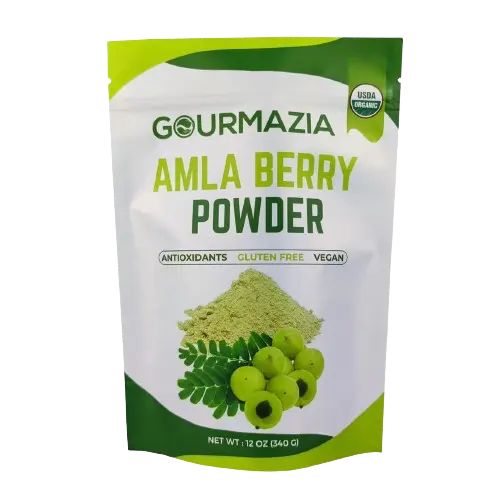WeChat:
+86-189 7322 3283
What’s app::
+86-13630093256
Choosing the right packaging bag for your product is crucial for ensuring its protection, preserving its quality, and attracting customers. With a wide array of packaging options available, making the right choice can be daunting. Here are some essential factors to consider when selecting the perfect packaging bag for your product.

1. Understand Your Product’s Needs
The first step is to understand the specific requirements of your product. Consider its size, shape, weight, and fragility. For instance, perishable items like food and beverages need packaging that provides an excellent barrier against moisture, oxygen, and light to maintain freshness. Delicate items might require additional cushioning to prevent damage during transit.
2. Choose the Right Material
Packaging materials play a significant role in the protection and presentation of your product. Common materials include plastic, paper, aluminum, and biodegradable options. Plastic bags are versatile and durable, making them suitable for various products. Paper bags are eco-friendly and ideal for items that don’t require a strong barrier against moisture. Aluminum bags are excellent for preserving the freshness of food products. Biodegradable materials are a sustainable choice for eco-conscious brands.
3. Consider the Packaging Design
The design of your packaging bag can influence consumer perception and buying decisions. A visually appealing design with high-quality printing can make your product stand out on the shelves. Additionally, consider the functionality of the design. Features such as resealable zippers, handles, or spouts can enhance user convenience and improve the overall customer experience.
4. Evaluate Cost-Effectiveness
While it’s important to choose high-quality packaging, it should also be cost-effective. Evaluate the cost per unit and consider the production, storage, and transportation expenses. Balancing quality and cost will help you stay competitive in the market without compromising on the packaging’s effectiveness.
5. Ensure Sustainability
Sustainability is becoming increasingly important to consumers. Opt for packaging that minimizes environmental impact. This could mean using recyclable, biodegradable, or reusable materials. Implementing sustainable packaging practices not only appeals to eco-conscious consumers but also contributes to reducing your brand’s carbon footprint.
6. Compliance and Regulations
Ensure that your packaging complies with relevant regulations and industry standards. This is particularly important for food, pharmaceuticals, and other regulated industries. Non-compliance can lead to legal issues and harm your brand’s reputation.
7. Test and Iterate
Before finalizing your packaging choice, conduct thorough testing. Evaluate its performance under various conditions, such as transportation, storage, and handling. Gather feedback from consumers and make necessary adjustments to optimize the packaging.
In conclusion, choosing the right packaging bag for your product involves understanding its needs, selecting the appropriate material, considering the design, evaluating cost-effectiveness, ensuring sustainability, and complying with regulations. By carefully considering these factors, you can select packaging that not only protects and preserves your product but also enhances its appeal and aligns with your brand values.